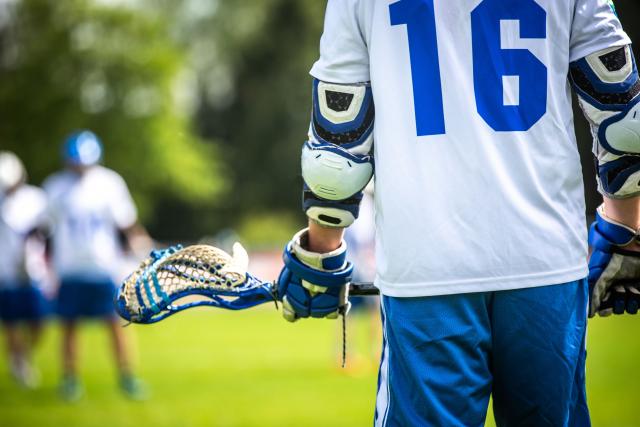Research on the Bodies in Motion program has been conducted over the last 8 years, supported by grants from the NCAA and the PAC-12 Athletic Conference. Across this timeframe, three BIM focused studies have been published in scientific journals (access to these research papers can be found at the bottom of this page). In this section we summarize the main findings from these studies.
In Voelker et al. (2019), female collegiate athletes who had completed the Bodies in Motion program at their schools, compared to female athletes from their schools who had not (the wait-list control group), experienced:
- Significant increases in their mindfulness and their self-compassion over the course of the program
- Significant decreases in their internalization of societal appearance ideals from the beginning of the program to 3-4 months post completion.
- More satisfaction with, and appreciation of, their bodies over the course of the program, which remained stable at 3-4 months post completion

Bodies in Motion research continues, being supported through a two-year grant from the PAC-12 Athletic Conference (2022-2024). As projects are completed, research outcomes will be summarized and shared on this site and research papers made accessible.
In addition to documenting these improvements over time, across two qualitative studies, female athletes shared their experiences being part of the BIM program and described how they had grown and changed as a result of their participation. In the Table that follows, the themes and subthemes identified at post-program and 3-4-month follow-up (Voelker et al., 2021) and at 2-6-year follow-up (Barrett et al., 2022) are presented.
|
Post-program
|
3-4-month follow-up
|
2–6-year follow-up
|
| Becoming Aware | Increased Awareness | |
|
|
|
| Changing My Attitude Toward Myself and My Body | Shifting Perspectives | |
|
|
|
| Developing New Skills and Ways of Relating to Myself | Application of New Skills and Ways of Relating to Myself and Others | |
|
|
|
| 3-4 Month Follow-Up Only | Reflections Over Time | |
|
|
*Note:All themes identified at post-program were also identified again at 3-4-month follow-up. Only new themes identified at 3-4-month follow-up are listed in that column.
For more information on the effectiveness of the Bodies in Motion program, click on the articles below to obtain a pdf copy of the published paper.
- Voelker, D. K., Petrie, T. A., Huang, Q., & Chandran, A. (2019). Bodies in Motion: An empirical evaluation of a program to support positive body image in female collegiate athletes. Body Image, 28, 149-158.
- Voelker, D. K., Petrie, T. A., Fairhurst, K., & Casanave, K. (2021). “My body loves me, so I should love it back”: A qualitative evaluation of the bodies in motion program with female collegiate athletes. Sport, Exercise, and Performance Psychology, 10(1), 43.
- Barrett, S., Petrie, T., Voelker, D., & Jackson, R. (2022). The body satisfaction and psychological well-being of retired women athletes: a long-term qualitative analysis of Bodies in Motion. Body Image, 43, 143-153.”

